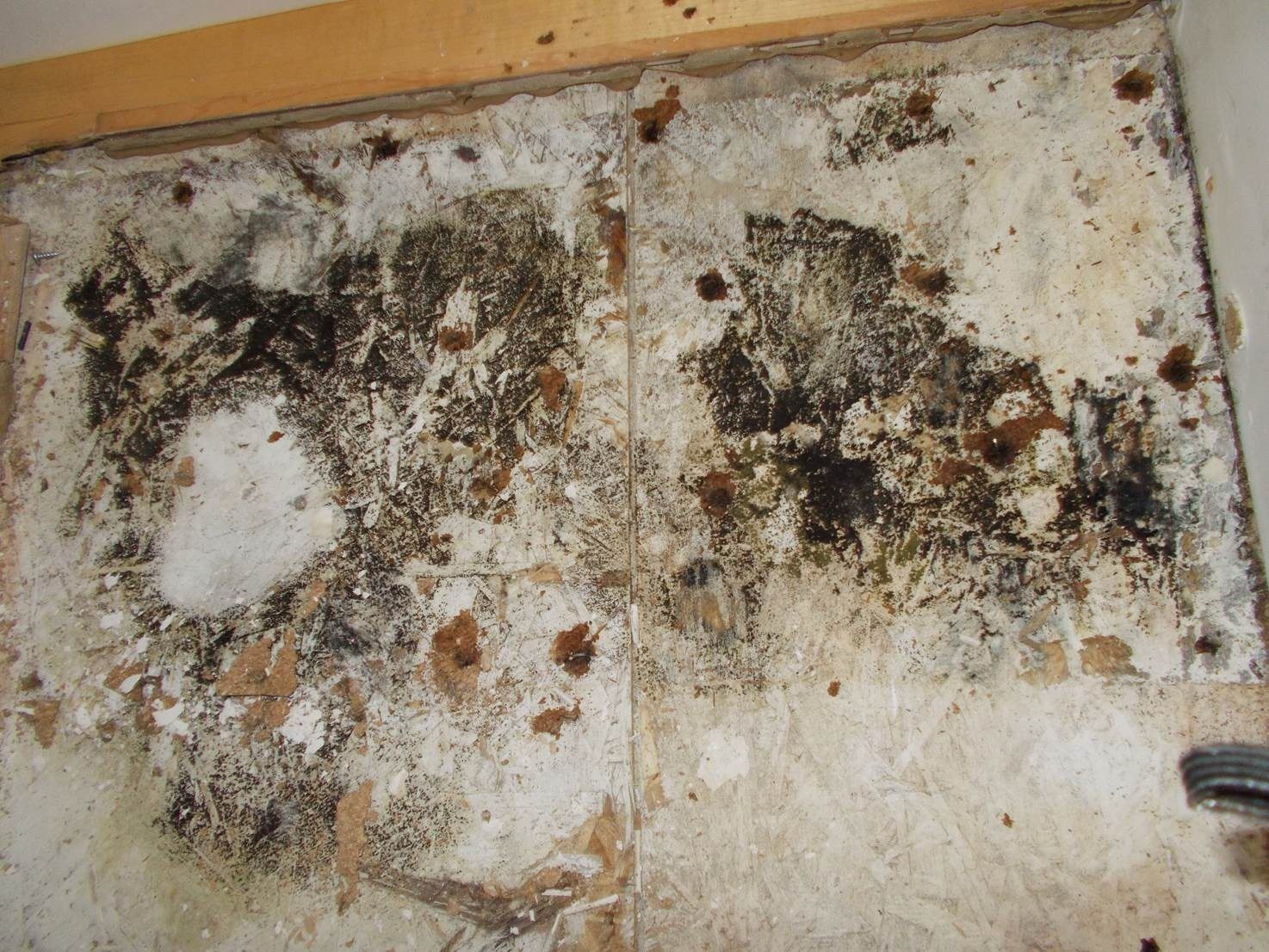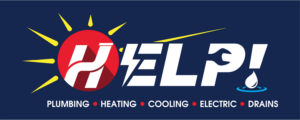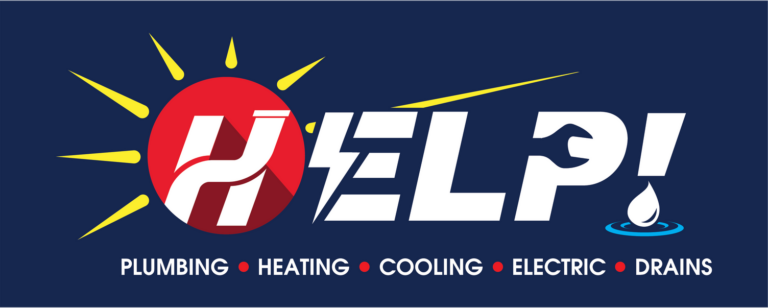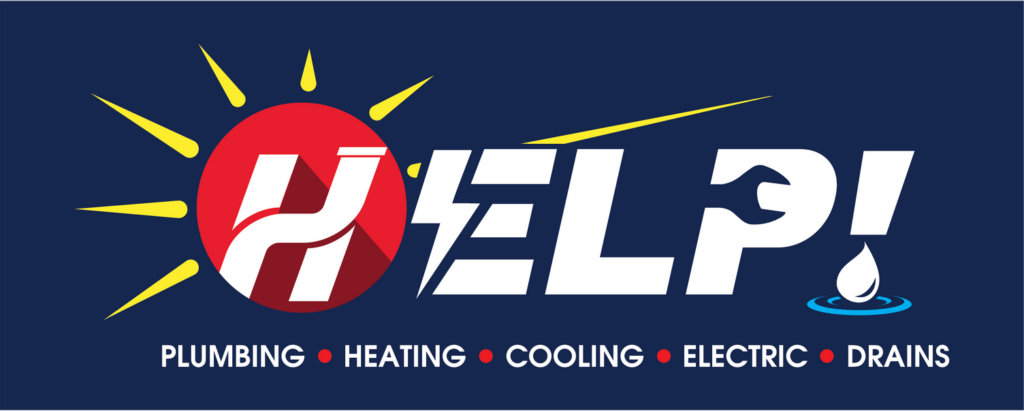
You may know someone whose home has been overrun by excessive mold growth after a flood or a burst pipe. This type of mold growth often requires professional remediation and can be very dangerous.
What is more common, however, is minor mold growth that goes largely unnoticed. As an average homeowner, it’s important for you to be aware of minor mold growth, where it occurs, and how your HVAC system may contribute to both the problem and the solution.
Where Does the Mold Come From?
Mold spores are found almost everywhere, including in the air that blows into your home through the windows and doors. Mold spores land on surfaces in your home every day, but they only grow under certain conditions. A space must be moist and warm for most species to grow. Some common areas that attract mold are:
- Along sinks and bathtubs, where they are caulked to the wall
- In refrigerator drip pans and under refrigerators
- In and around dishwashers
- Along windows, especially if they are old and have started to leak
- On basement floors, walls, and ceilings
A little mold along the sink or windows may not seem like a big deal if it’s not spreading, but even that small amount of mold will release spores, increasing the number of spores in your home and worsening your allergy symptoms.
How Is Your HVAC System Involved in the Spread of Mold and Mold Spores?
Your HVAC system may be contributing to the spread of mold spores and the ongoing growth of mold in your home.
Forced Air Systems Propel Spores Through the Air
If you have a forced air system that circulates air through your home, any spores in the air will also be circulated. So spores from the mold in the basement, for example, may end up in your bedroom.
Mold May Grow in the Ducts and Condensate Pans
If your ducts are moist, the mold spores may stick inside the ducts and start to grow. Then even more mold spores will be sent out each time the heat or air conditioning turns on. Mold can also grow in the condensate pan, in the condensate tube, and in other moist parts of your HVAC equipment.
How Can You Use Your HVAC System to Thwart Mold Growth?
Making a few changes to your HVAC system and your HVAC maintenance protocol can stop the mold cycle in its tracks and free you from indoor allergy symptoms.
Upgrade Your Air Filter
The standard fiberglass air filters that you can buy for $1 at the hardware store are not fine enough to catch mold spores. Upgrade to a higher-quality filter with a MERV rating of 8 or higher. The MERV rating indicates the size of particles the filter is capable of trapping.
A filter with a MERV rating of 8 will trap mold spores so that any mold picked up by your HVAC system is removed from the air before that air passes through your ducts.
Add a Dehumidifier
If the air in your home tends to be moist, consider adding a dehumidifier to your HVAC system. The dehumidifier will remove moisture from your air, making mold growth less likely throughout your home.
Install an Air Purifier
An air purifier will remove mold spores from the air even more effectively than a standard air filter. Look for a high-efficiency particular air (HEPA) air purifier, which will remove even the tiniest mold spores, along with bacteria.
Clean Your System
Since mold can grow inside of your HVAC system, make sure you have your equipment cleaned on a regular basis. Focus especially on the condensate pan and tube. You can clean these elements yourself using bleach, or hire an HVAC company to clean them as a part of a general spring maintenance routine.
Are you helping your HVAC system keep mold at bay inside your home? Contact us at HELP to schedule an HVAC maintenance appointment or other services.


